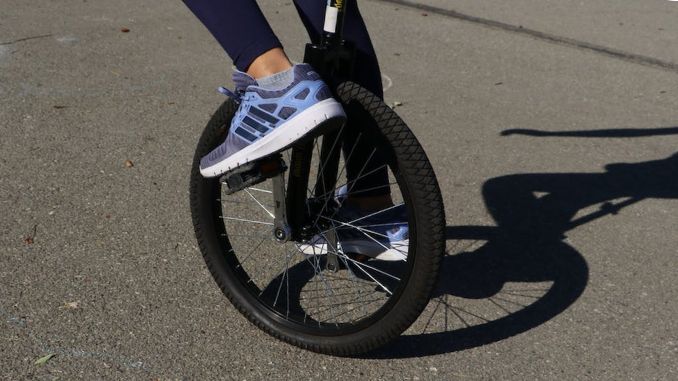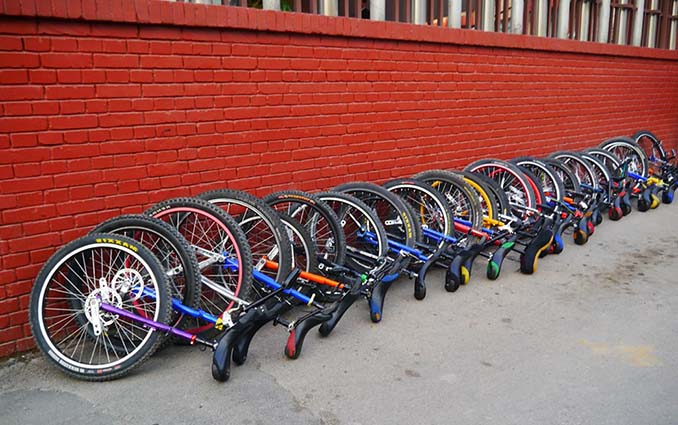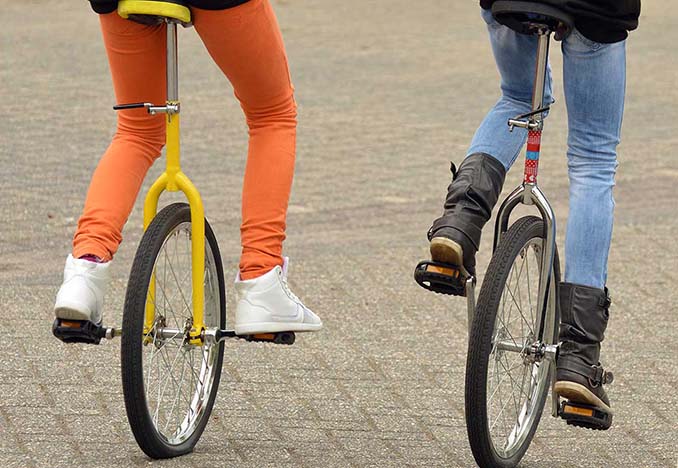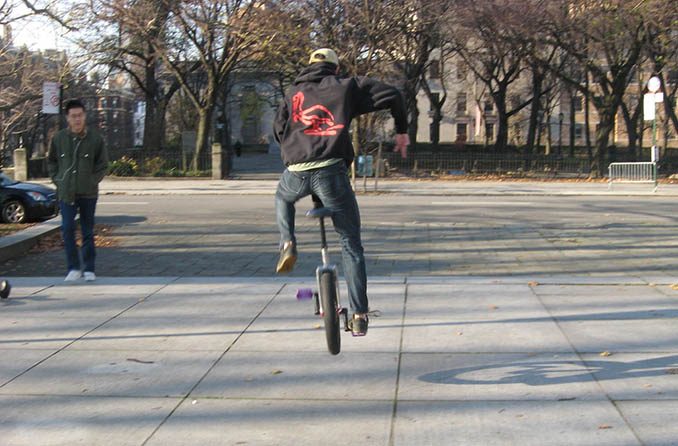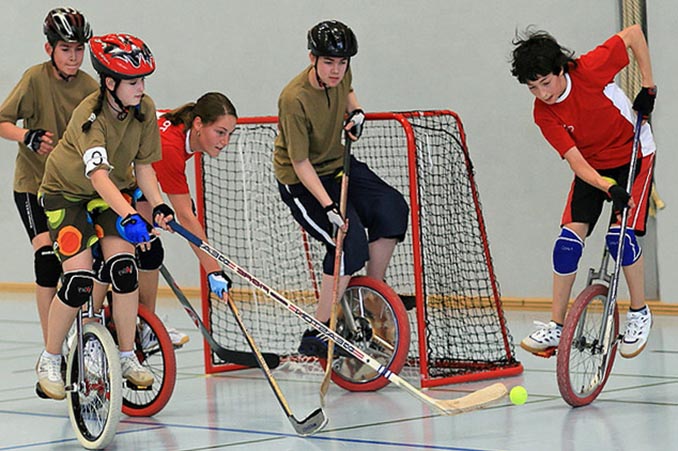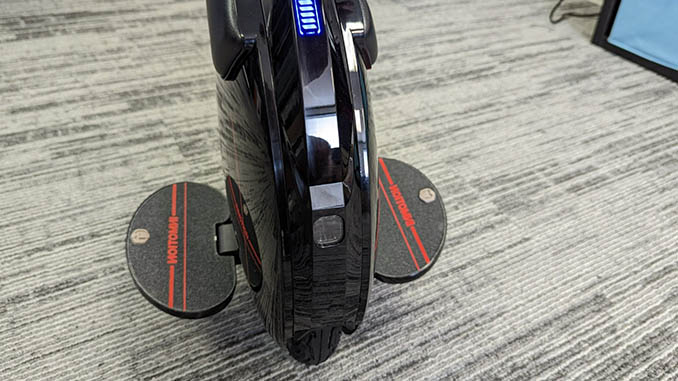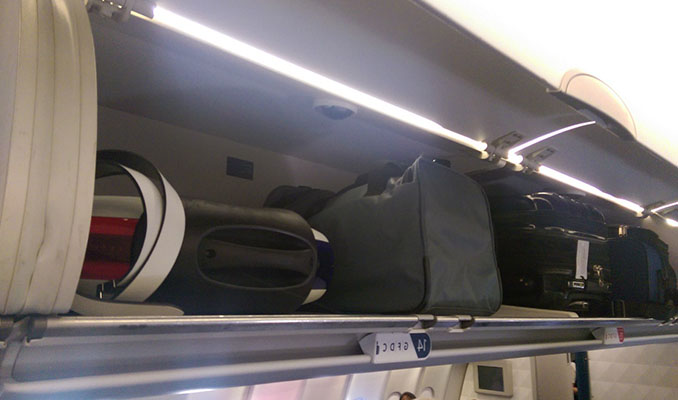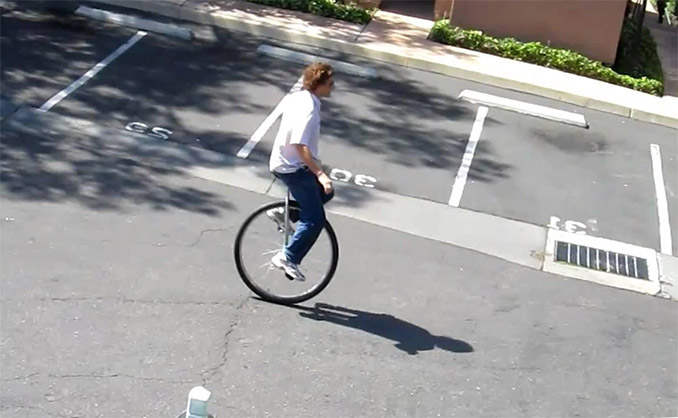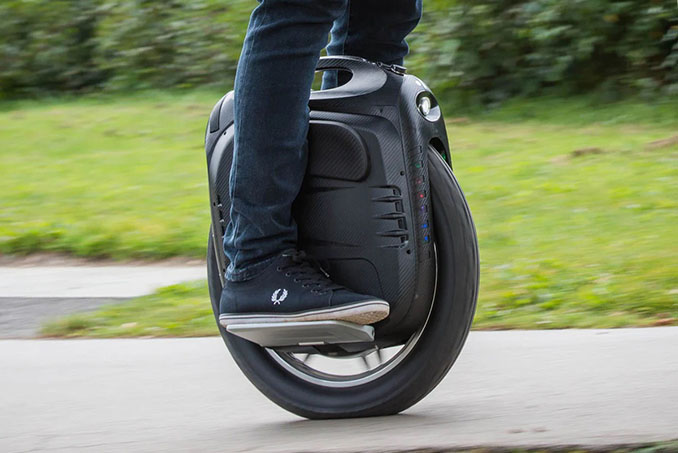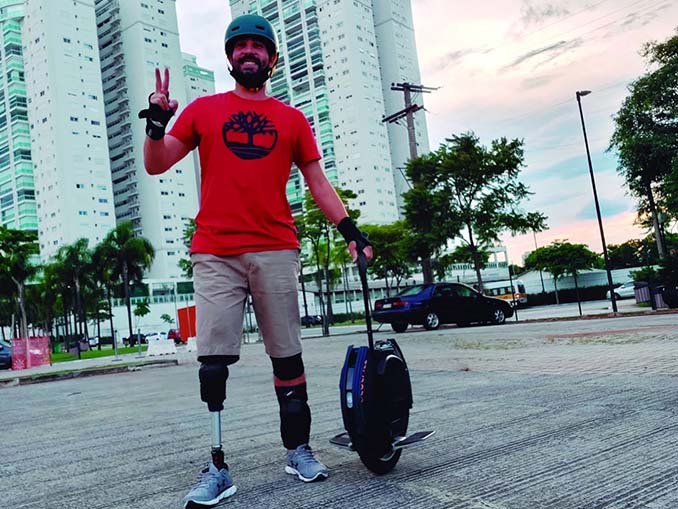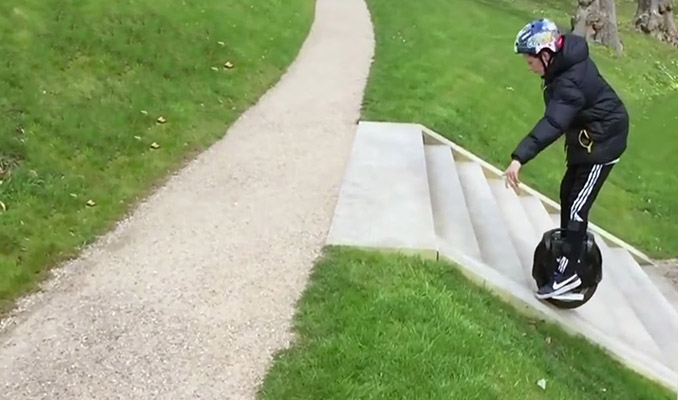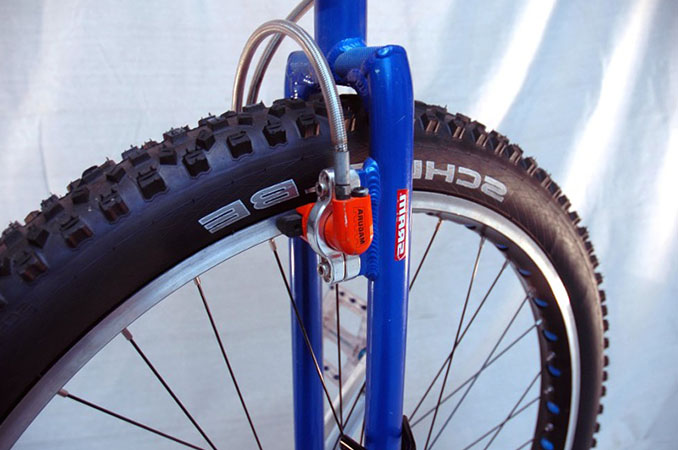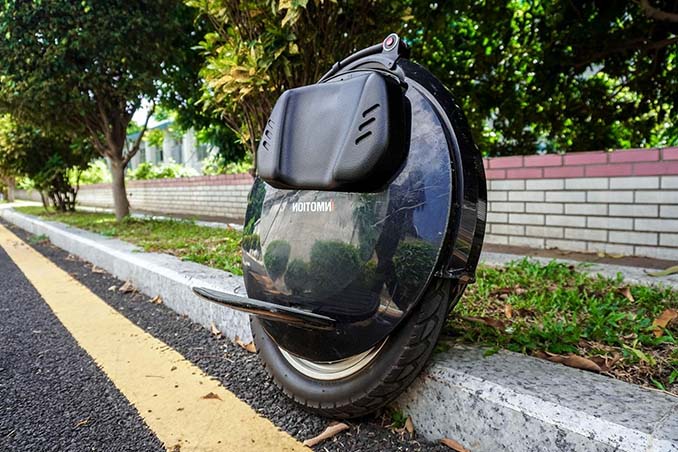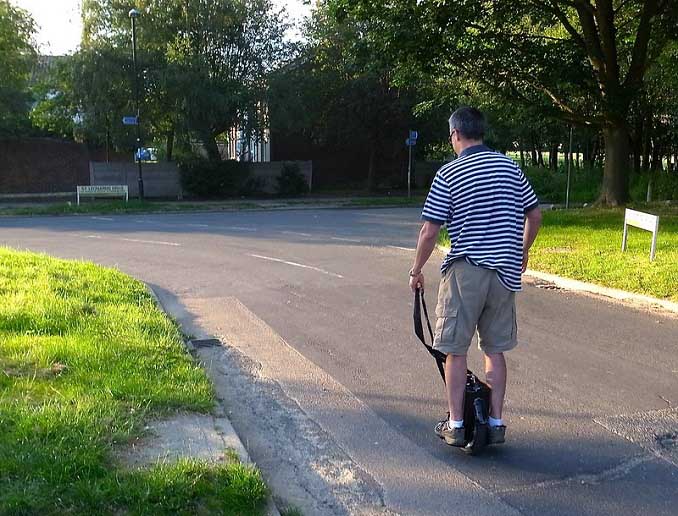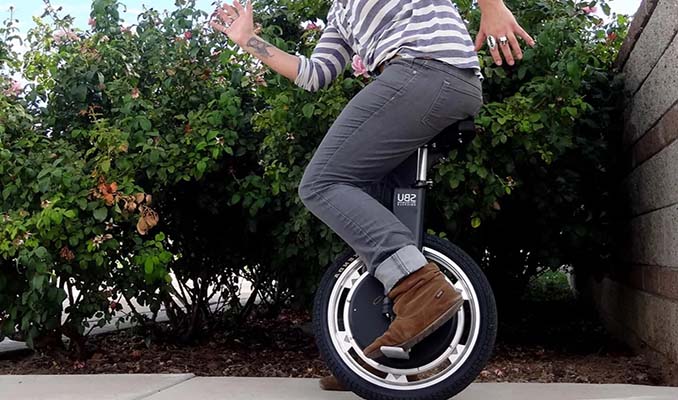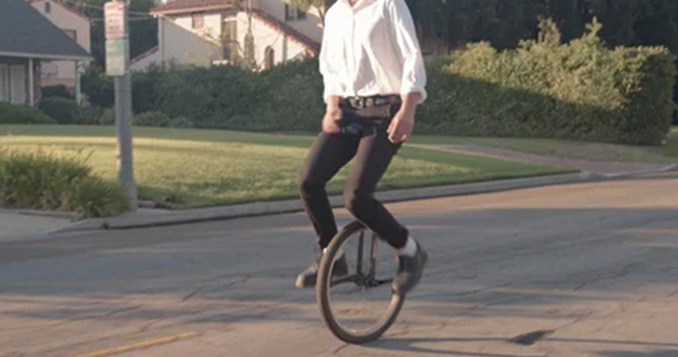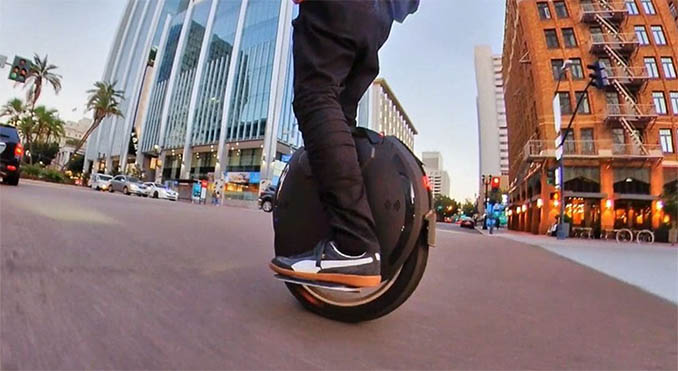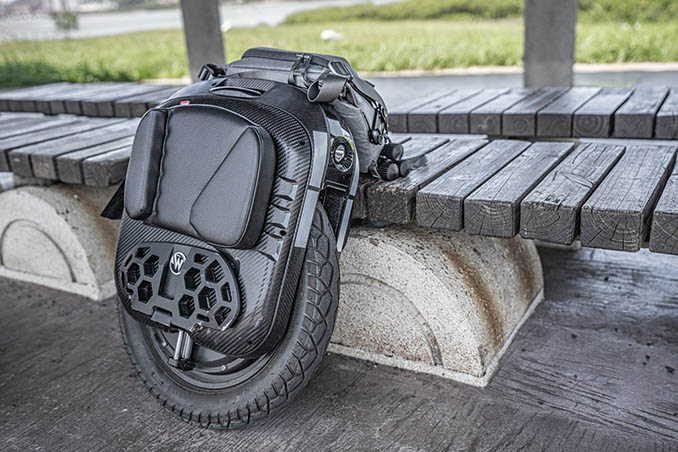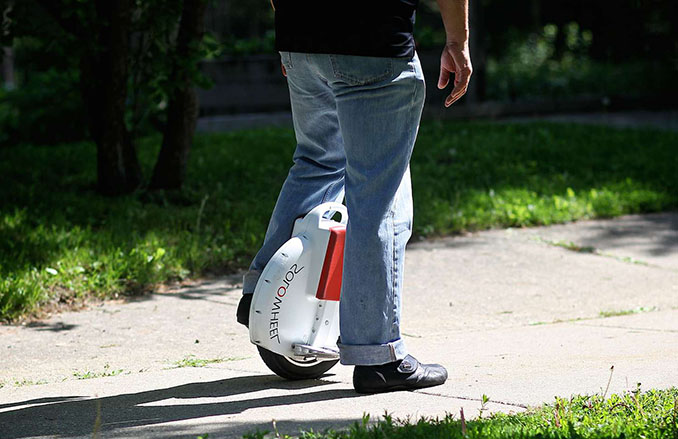Have you ever found yourself in a predicament where you unintentionally rode your electric unicycle through a puddle or left it exposed to a sudden downpour?
I certainly have, and let me tell you, the anxiety that follows is not pleasant. Water and electricity are not the best of friends, and addressing the issue of water damage becomes crucial to prevent further damage and ensure your safety on the road.
In this blog post, I will share my personal journey of dealing with electric unicycle water damage. I understand the frustration and concern that comes with encountering such a situation. Rest assured, with the right knowledge and steps, you can salvage your beloved electric unicycle and get it back to its optimal condition.
Related:
- Why is My Electric Unicycle Going Slow and How to Fix It?
- How Do You Stop Electric Unicycle From Squeaking?
What Causes Electric Unicycle Water Damage
There are several culprits that can lead to electric unicycle water damage:
Riding in wet conditions: One of the primary causes of water damage to electric unicycles is riding in wet conditions. Whether it’s riding through rain or encountering puddles, water can infiltrate the electrical components, causing damage over time.
Submersion in water: Accidental submersion of the electric unicycle in a body of water, such as a deep puddle or a river, can lead to significant water damage. The electrical components, including the battery and motor, can suffer extensive harm if exposed to water for an extended period.
High humidity levels: Even without direct exposure to water, high humidity levels can cause moisture to accumulate inside the electrical components of the electric unicycle. Over time, this moisture can lead to corrosion and damage to the sensitive electronics.
Improper cleaning methods: Using excessive water or cleaning products that are not recommended for electric unicycles can also contribute to water damage. It’s important to follow proper cleaning techniques and use suitable cleaning products to avoid introducing moisture to sensitive areas.
Manufacturing defects: In some cases, electric unicycles may have manufacturing defects that make them more susceptible to water damage. These defects can include poor quality seals or insufficient waterproofing measures, compromising the overall water resistance of the device.
Potential consequences of water damage on electric unicycles
As someone who has personally experienced the devastating effects of electric unicycle water damage, I cannot stress enough the importance of understanding the potential consequences.
Water damage can wreak havoc on your beloved electric unicycle, leading to a range of issues that can significantly impact its performance and longevity.
Loss of power: Water damage can result in the malfunctioning of the electric unicycle’s battery, leading to a loss of power or significantly reduced battery life. This can greatly impact your ability to ride and enjoy your electric unicycle.
Strange noises: When water infiltrates the motor or other electrical components, it can result in unusual sounds like grinding, whirring, or clicking. These noises indicate that water has caused damage and compromised the smooth operation of your electric unicycle.
Malfunctioning lights: Water damage can also affect the lights on your electric unicycle. The lights may flicker, dim, or fail to turn on altogether, compromising visibility and safety during nighttime rides.
Rust or corrosion: If you notice rust or corrosion on the electrical components or other parts of your electric unicycle, it’s a clear sign of water damage. Rust and corrosion can further deteriorate the functionality and structural integrity of the device.
Unresponsive controls: Water damage can render controls like the throttle, brakes, or other buttons unresponsive or slow to respond. This can be hazardous, as it affects your ability to maneuver and control the electric unicycle effectively.
In the next section, I will guide you through a step-by-step process to fix electric unicycle water damage, based on my personal experience. By following these steps, you can restore your electric unicycle and regain peace of mind. Let’s get started!

How to Fix Electric Unicycle Water Damage
Step-by-Step Guide to Fix Electric Unicycle Water Damage
Now, let’s dive into the step-by-step guide to fixing electric unicycle water damage. Remember, dealing with water damage involves working with electrical components, so taking precautions is of utmost importance.
Step 1: Safety precautions and preparation
When it comes to fixing electric unicycle water damage, your safety should be a top priority. Before diving into the repair process, make sure to take the necessary precautions:
- Disconnect the electric unicycle from any power source to avoid electrical shocks.
- Find a well-ventilated workspace with sufficient lighting for easy disassembly and inspection.
- Wear protective gear such as gloves and safety glasses to protect yourself from any potential hazards.
Step 2: Disassembling the electric unicycle
To properly assess and address water damage, you’ll need to disassemble the electric unicycle. Here’s what you need to do:
- Required tools for disassembly:
- Screwdrivers (both flathead and Phillips head)
- Allen wrenches
- Pliers
- Wire cutters (if necessary)
- Proper handling of small parts and screws:
- As you disassemble the electric unicycle, keep track of the small parts and screws. Use a tray or container to organize them, ensuring you don’t misplace anything.
- Take photos or make notes during the disassembly process to help you remember the correct placement of parts.
Step 3: Inspecting the battery and motor
With the electric unicycle disassembled, it’s time to inspect the battery and motor for signs of water damage. Pay close attention to the following:
- Checking for rust, corrosion, and water stains:
- Examine the battery and motor for any visible signs of rust, corrosion, or water stains. These indicators suggest water infiltration and potential damage.
- If you notice any significant damage, it may be necessary to replace the affected components.
- Assessing the condition of connectors and wires:
- Inspect the connectors, wires, and other electrical components for damage or signs of water exposure.
- Look for burnt or discolored wires, as they indicate potential water damage and compromised functionality.
Step 4: Drying out the electric unicycle
Properly drying out the electric unicycle is crucial to prevent further damage. Consider the following methods:
- Using a hairdryer on a low setting or warm, dry storage:
- Carefully use a hairdryer on the lowest heat setting or switch to a cool air setting. Gently blow air over the electrical components to evaporate any moisture.
- Alternatively, place the disassembled electric unicycle in a warm, dry place for several hours to allow natural evaporation.
- Absorbing moisture with silica gel packets:
- Place silica gel packets inside a sealed container along with the disassembled components. Silica gel has excellent moisture-absorbing properties and can help expedite the drying process.
Step 5: Cleaning the electric unicycle
After the electric unicycle has been thoroughly dried, it’s essential to clean it to remove any residual dirt or debris. Follow these steps:
- Wiping down the exterior with a soft cloth:
- Use a soft cloth to wipe down the exterior of the electric unicycle. This will help remove any dirt or grime that may have accumulated.
- Cleaning electrical components with a toothbrush or small brush:
- Take a toothbrush or a small brush and gently clean the electrical components, such as connectors and wires. Be cautious not to apply excessive pressure that could cause damage.
Step 6: Replacing damaged parts
If you identify any damaged parts during the inspection, it’s crucial to replace them to restore the electric unicycle’s functionality. Consider the following:
- Commonly replaced parts (battery, motor, connectors):
- The battery and motor are often the most susceptible to water damage. If they are significantly compromised, it’s advisable to replace them with new, compatible components.
- Additionally, damaged connectors or wires may need to be replaced to ensure proper functioning.
- Ensuring compatibility with the electric unicycle’s make and model:
- When purchasing replacement parts, double-check that they are compatible with your specific electric unicycle’s make and model.
- Consult the manufacturer’s guidelines or reach out to customer support if you need assistance in finding suitable replacement parts.
Step 7: Reassembling the electric unicycle
Once you have replaced any damaged parts or completed the necessary repairs, it’s time to reassemble the electric unicycle:
- Securely tightening screws and connectors:
- Ensure that all screws and connectors are properly tightened but avoid over-tightening, as it may damage the components.
- Proper alignment and positioning of parts:
- Pay close attention to the alignment and positioning of each part as you reassemble the electric unicycle.
- Refer to the photos or notes you took during the disassembly process to ensure accurate reassembly.
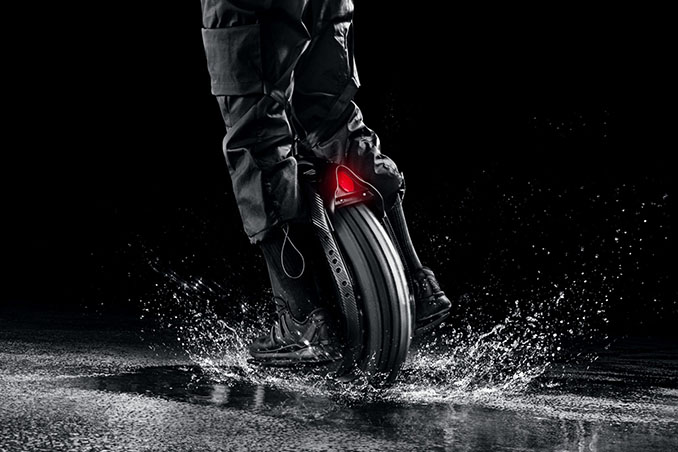
Are EUCs waterproof
Prevention and Maintenance Tips
By taking proactive steps, you can significantly reduce the risk of water damage and ensure that your electric unicycle remains in optimal condition. Here are some valuable tips based on my personal experience:
Preventing water damage
As someone who has experienced the frustration and inconvenience of electric unicycle water damage, I can’t stress enough the importance of taking preventive measures. Here are some effective tips to help you avoid water damage:
Avoid riding in wet conditions: It may seem tempting to take your electric unicycle out for a spin in the rain, but it’s best to resist the temptation. Wet conditions significantly increase the risk of water seeping into sensitive electrical components, leading to potential damage.
Proper storage in dry areas: When you’re not using your electric unicycle, store it in a dry area, preferably indoors. Moisture in the air can gradually affect the internal components, so a dry storage space is crucial to prevent water damage.
Using a protective cover: Investing in a high-quality protective cover is a wise decision. A cover provides an additional layer of defense against unexpected rainfall or accidental water exposure, keeping your electric unicycle safe and dry.
Regular inspection for wear and tear: Regularly inspect your electric unicycle for any signs of wear and tear, including cracks, loose parts, or compromised seals. Addressing these issues promptly can help prevent water from entering the internal components.
Keeping the electric unicycle clean and dry: Maintain a habit of keeping your electric unicycle clean and dry after each ride. Use a soft cloth to wipe off any dirt or moisture on the exterior. By practicing good cleaning habits, you minimize the chances of water finding its way into delicate areas.
Maintaining electric unicycles in rainy environments
Living in a rainy environment requires additional attention to ensure the longevity of your electric unicycle. Here are some maintenance tips specifically tailored for rainy conditions:
Keeping the battery charged: Regularly charge your electric unicycle’s battery, especially if you anticipate riding in wet weather. A fully charged battery provides better protection against moisture-related issues.
Regular tire pressure checks: Rainy conditions can affect tire pressure, so it’s essential to regularly check and maintain proper tire pressure. Adequate tire pressure ensures optimal performance and better traction on wet surfaces.
Lubrication of moving parts: Apply lubricant to the moving parts of your electric unicycle, such as the pedals and wheel bearings. This helps prevent rust and corrosion, ensuring smooth operation even in rainy environments.
Proper storage to prevent moisture buildup: If you live in a particularly humid or rainy area, consider using a dehumidifier or storing your electric unicycle in a moisture-controlled environment. Moisture buildup can lead to electrical issues and accelerated wear.
Following the manufacturer’s maintenance schedule: Every electric unicycle has specific maintenance requirements outlined by the manufacturer. It’s important to follow these guidelines, including routine inspections, component checks, and recommended servicing intervals.
Conclusion
In conclusion, addressing electric unicycle water damage promptly is crucial for preserving the longevity and functionality of your beloved ride. By following the preventive measures and maintenance tips mentioned above, you can significantly reduce the risk of water damage and ensure a smooth and enjoyable riding experience.
Remember, prevention is always better than repair. Taking steps to avoid water exposure, regularly inspecting your electric unicycle, and maintaining it properly are key to keeping it in optimal condition. However, accidents can still happen, and in such cases, the step-by-step guide provided earlier in this blog post can help you effectively address water damage.
So, let’s ride responsibly, protect our electric unicycles from water damage, and enjoy the thrill of this fantastic mode of transportation for years to come. Stay safe, dry, and have an electrifying ride!
Frequently Asked Questions
Are electric unicycles waterproof?
While electric unicycles may have some degree of water resistance, they are not typically fully waterproof. It’s important to check the manufacturer’s specifications to understand the level of water resistance offered by your specific model. However, even with water resistance, it is generally recommended to avoid exposing your electric unicycle to heavy rain or submerging it in water to prevent potential damage.
How do you store an electric unicycle?
To store an electric unicycle, it is best to keep it in a dry and secure location. Choose an area that is protected from moisture, extreme temperatures, and direct sunlight. Ideally, store it indoors or in a covered space such as a garage or shed. Ensure that the unicycle is placed in an upright position and on a stable surface to prevent any accidental falls or damage.
How do I protect my electric unicycle battery from rain?
To protect your electric unicycle battery from rain or water damage, it is advisable to use a waterproof cover or a specially designed rain cover. These covers will help shield the battery and other vulnerable components from moisture. Additionally, avoid riding your electric unicycle in heavy rain or through deep puddles to minimize the risk of water entering the battery compartment. If your unicycle does get wet, follow the steps outlined in our guide to address water damage promptly.
Can I clean my electric unicycle with water?
While it is generally not recommended to clean electric unicycles with water, there are exceptions depending on the specific model and manufacturer guidelines. Some electric unicycles may have certain water-resistant components that allow for light cleaning with a damp cloth. However, it is crucial to avoid directly spraying water onto the electrical components or submerging the unicycle in water. Always refer to the manufacturer’s instructions or consult their customer support for guidance on the appropriate cleaning methods for your electric unicycle model.

